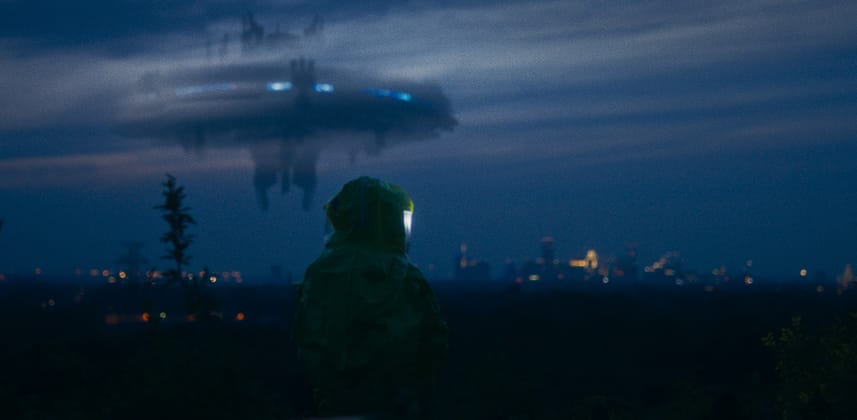| Series |
|---|
Wrapping Up The Groundwork For Look Development
With the creative contrast curve that we established in part 2 in place, we’re well on our way to a polished look for our short film.
As I’ve mentioned before, in your own projects your look is bound to be different, but it’s the framework and process that’s essential for any look to really shine and make your work easier. In this Insight, we’re going to continue refining things by employing what’s known as preferential color mapping.
What The Heck Is Preferential Color Mapping?
This is a term that originated with film stock engineers, who, through extensive R&D, found that accurately reproducing colors isn’t enough to create pleasing images. Humans have certain memory colors — including skin, sky, and foliage — which we store an internal “ideal” for. But interestingly, this ideal often doesn’t align with reality! Enter preferential color mapping: this process was designed to map one or more hues in our image to better align with these ideals. It can also be used to create greater color separation and a more harmonized palette.
In this Insight, I’ll show how to create your own preferential color mapping using Resolve 17’s Color Warper:
- Compressing and saturating skin hues into their ‘sweet spot’
- Creating greater separation between skin and neighboring yellow-greens
- Creating density in primary blues to reds to add a subtractive color feel to our look
Preferential color mapping is a subtle but powerful way to add greater depth and harmony to your images, and the Color Warper makes it easier than ever to create your own. For a more in-depth look at this powerful new tool, be sure to check out Peder Morgenthaler’s Color Warper 101 series.
Also, if you’re looking for the test clip I mention and use in the video you can find that HERE (you can find it within the Arri Color Tool app package Contents > Helpers > Isabella.dpx)
I hope you guys have enjoyed following along with me as we the groundwork for look development. It’s important to keep in mind with a solid framework in place, the sky is the limit for your creative choices. If you have questions or want to share your experience using the techniques we’ve discussed, drop a comment!
-Cullen
Member Content
Sorry... the rest of this content is for members only. You'll need to login or Join Now to continue (we hope you do!).
Need more information about our memberships? Click to learn more.
Membership optionsMember Login


